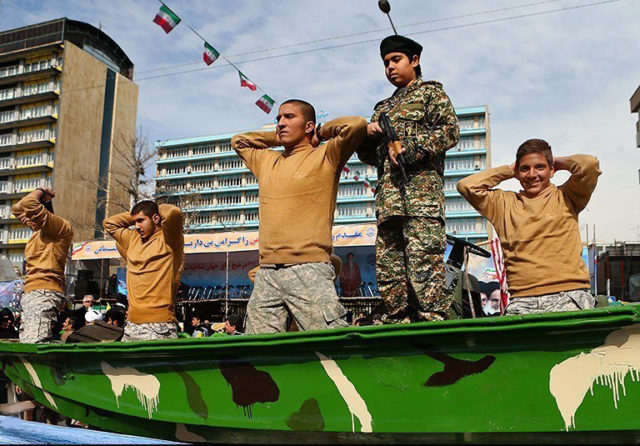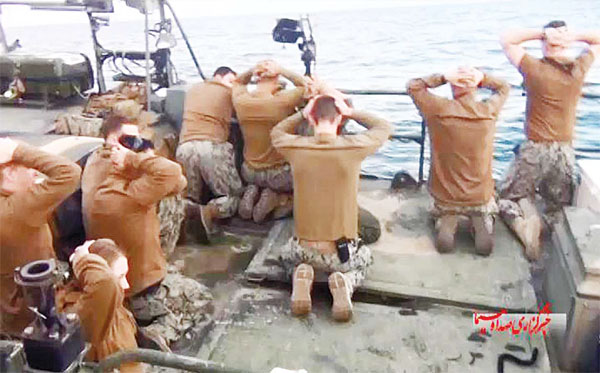In January 2016, Iran made a public display of its internal bickering. On the one side were the moderates who wanted to open up to the world and thereby end the crippling sanctions imposed upon them. On the other were the hard-liners who remained suspicious of foreign intervention. Unfortunately, ten Americans had to pay the price.
On January 12th, two US Navy riverine command boats (RBC) took off from their base in Kuwait at 12:32 PM. On board were ten sailors – nine men and one woman. They were headed to Bahrain to join up with Task Force 56, which is under the Fifth Fleet.
Since the RCBs lacked the fuel to make the journey, they were to rendezvous with the US Coast Guard Cutter Monomoy at 5 PM for refueling, but they never made it. Technical glitches forced them to stop, and it all went downhill from there.
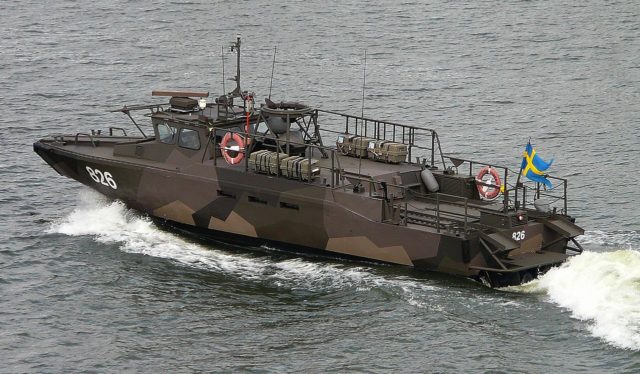
Image Source: Arco Ardon – Flickr CC BY-SA 2.0
They were intercepted by the Islamic Revolutionary Guard Corps (IRGC), and this is where we’ll have to pause our story.
Iran has an official military – the Islamic Republic of Iran Army (AJA). The IRGC, on the other hand, is a quasi-independent branch of the AJA. The IRGC’s role is to protect and maintain the country’s Islamic system, as well as to prevent foreign influences.
While the AJA takes direct orders from the Guardianship of the Islamic Jurist (the theocracy that officially runs Iran), the IRGC is something else, entirely. Without going into details, the IRGC’s power has rivaled that of the Guardianship ever since their crackdown on mass protests during the 2009 presidential elections.
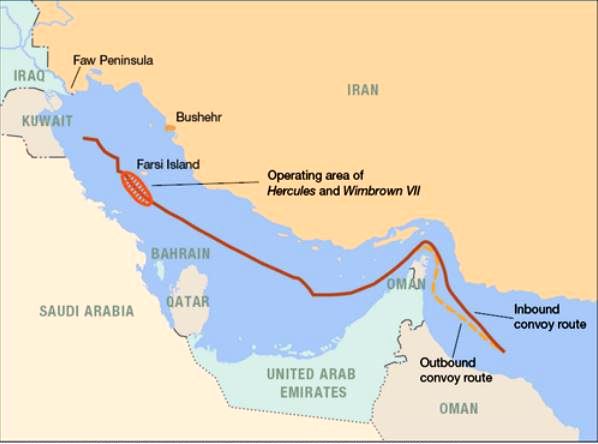
Image Source: Office of the Chief of Naval Operations
The Guardianship is in favor of the Iran Nuclear Deal which allows international inspectors to visit their nuclear facilities in return for economic and trade benefits. The IRGC, on the other hand, does not. So you can just imagine how happy they were find two American boats in their waters.
Realizing that they were outnumbered and outgunned, and no doubt aware of the horrendous consequences armed resistance would have caused, the American sailors surrendered. They then got on their knees, put their hands on their heads, and provided a spectacular photo-op for Iranian TV.
Though a coup for the IRGC, it was a spectacular embarrassment for the Guardianship and for US President Barack Obama. At 5:15 PM the US Navy Cruiser USS Anzio received word from the Iranians about what happened.
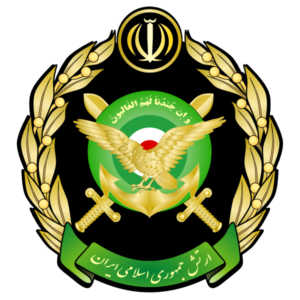
Image Source: MrInfo2012 CC BY-SA 3.0
US Secretary of State John Forbes Kerry immediately contacted Iranian Foreign Minister Mohammad Javad Zarif, predicting a terrible future for Iran if the sailors weren’t released immediately.
Fifteen hours later, the ten were freed with all of their equipment save for two SIM cards taken from their phones. But not before one of them publically apologized on Iranian TV about their intrusion.
So what went wrong? On June 30th, 2016 the US Navy released its official findings. Their answer? Everything!

Image Source: MrInfo2012
First, none of the sailors had ever been on such a mission. Nor had Captain Kyle Moses and Commander Eric Rasch passed their navigation exams. Some of the crew hadn’t even taken one! Worse, none of them had undergone more than a two-hour training on the navigation system.
The night before the mission, Boat 802 had engine problems. According to protocol, crews are to have sufficient sleep before such a mission, but that didn’t happen because they stayed up till the wee hours trying to fix it.
Fortunately, they got the engine running. Unfortunately, the radios weren’t, requiring a four-hour delay. Several of the crew expressed doubts about going through with the mission since it required night time refueling – yet another thing they’d never done before.
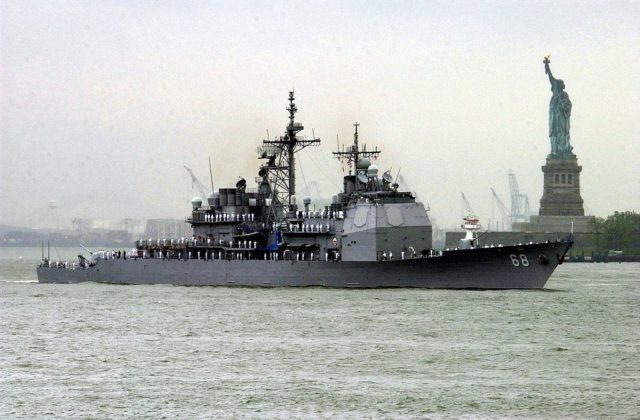
Image Source: 040526-N-6371Q-049
It seems that Rasch sided with the nay-sayers and suggested putting the mission off. But Moses brushed their concerns aside and ordered it to continue – despite not being able to fix the radios.
As they pushed off, a number wondered how they were going to contact the Monomoy for refueling in the dark. Moses’ response was to make up for the lost time by speeding up. He captained the lead ship, Boat 802 – the one they spent the entire night fixing.
In his attempt to reach the Monomoy before dark, Moses deviated from his assigned course and headed directly toward Farsi Island. Shortly before 4 PM, they saw the island, but no one bothered to look at their backup navigational charts to find out what it was.
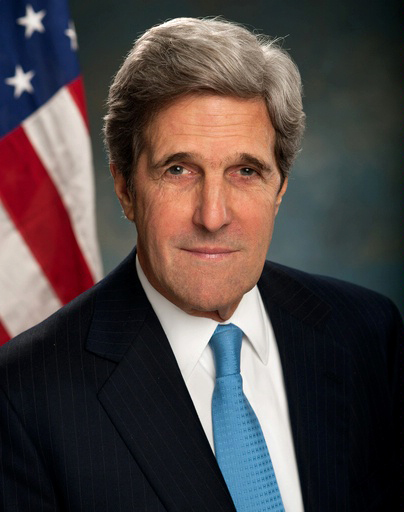
Image Source: Wikipedia
Their radios didn’t work, but they all had cellphones, yet none bothered calling their operational centers. One did use his phone’s navigational features, but all it gave him was the island’s name which he thought was Arabic.
They entered Iranian waters at 4:11 PM when Boat 802 began acting up. It could have been repaired en route, but Moses decided to stop, so Boat 805 did likewise. According to protocol, gunners should have been on watch while repairs were being made, but none did.
Two IRGC boats spotted the Americans at 4:20 PM and began intercepting them. Moses saw them at 1,000 yards away, but assumed they were Saudis, so he didn’t bother telling his crew to take up defensive positions – yet another violation of protocol.

Image Source: Bundesministerium für Europa, Integration und Äusseres CC BY 2.0
By the time the IRGC were 100 yards away, the Americans were at their guns, but it was too late. Another two IRGC boats joined them by 4:56 PM. The Americans waved their tools in the air to show they weren’t invading, merely doing repairs, but the Iranians weren’t buying it.
Moses ordered his boats to speed off, but the IRGC had flanked them on all sides by that point. Not wanting to escalate the situation, Rasch refused, so Moses tried negotiating with the Iranians and later told his superiors that he didn’t want to start a war.
The IRGC ordered the sailors to their knees before they boarded. Despite having a gun to her head, the female sailor managed to activate their distress signal before an Iranian caught her and took it away.
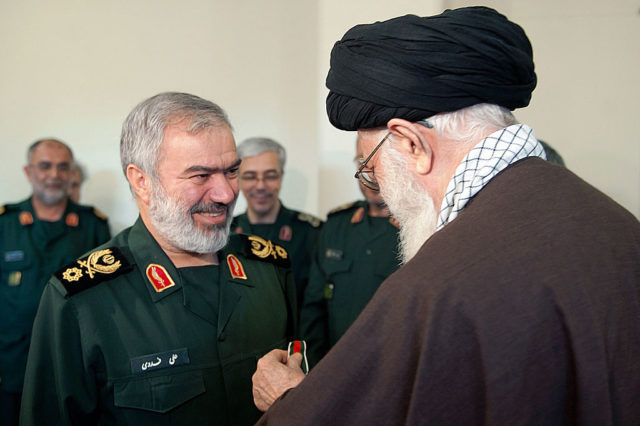
Image Source: Khamenei.ir CC BY 4.0
The US flag was taken down and replaced with an Iranian flag. The Americans were then taken to the island, given a meal, made to apologize on TV, and released the next day . But the damage was done.
Moses and Rasch were removed, as was a third, unnamed superior officer. Disciplinary actions were recommended for six others, while the woman received a commendation for her bravery.
The diplomatic repercussions, however, continue as of this writing.
